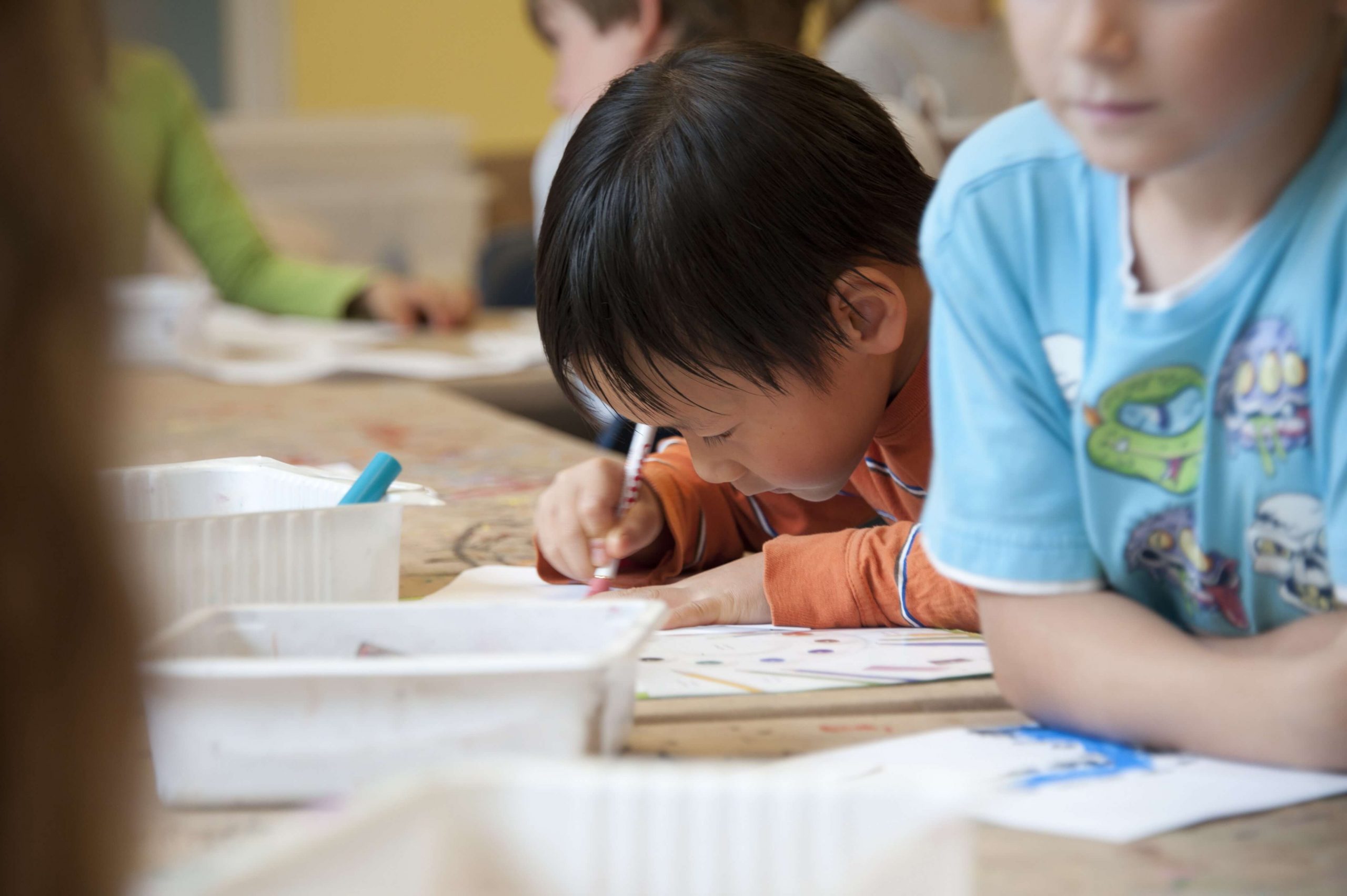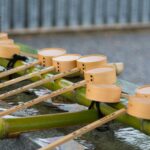Education is a cornerstone component of every successful development strategy for human beings wherever in the globe. The Japanese schooling system is much like every other nation in the world. It teaches children in a particular way so that they may eventually become a part of that country’s culture. But there are some unique features worth knowing. Let’s dig into the topic and find out what’s so special about the Japanese educational system. But if the essay on this topic was too difficult for you, you can always write research paper writing service for students
Long School Days and Lots of Homework
Except for practical pieces of training and laboratory activities, students in each subject have their own classroom. In most primary schools, one teacher is responsible for all of the student’s academic needs. Most institutions use a three-term calendar, with a new school year beginning in April.

Japan’s typical weekday school day is 6 hours long, except for the lower elementary school grades. It’s one of the longest school days in the world. Even after the school year ends, students have exercises and other assignments to keep them occupied. Summer vacations are six weeks long, while winter and spring holidays are two weeks long. During these holidays, there is usually schoolwork to be done.
Very Challenging Exams
Entrance examinations are a whole other realm in Japan. High, junior high, and college applicants must complete rigorous admission tests. Even the term “exam hell” has become a byword for these torturous experiences. Maybe that’s why writing services are so popular in Japan. With Essays Edubirdie and other similar services, students can overcome academic difficulties much easier. You’ve got a long list of references, a strict essay format, and the most rigorous instructor you’ve ever encountered. Is it familiar to you? Everything is achievable when you work with professionals. Experts can surpass your expectations if you provide them with all the info and specific instructions.
It takes many sleepless hours to prepare for these examinations, with kids routinely attending cram courses after school to gain an advantage. Some junior students prepare for two years to get to the Japanese high schools they want.
Just like high school, college may be a challenge. Only 56% of pupils succeed on their first attempt since the selection criteria are so stringent. Those who fail the exam are labeled “ronin,” and they must spend a whole year studying on their own before they can reapply the following year.
What Do Japanese Schoolchildren Learn?
Japanese kids learn many subjects we are used to, such as:
- mathematics,
- science,
- social studies,
- music,
- crafts,
- physical education,
- home economics.
But there are also some special disciplines uncommon for other countries. We talk about cooking, sewing skills, calligraphy, etc. Increasing numbers of primary schools are now teaching English as a second language. Most schools now have internet connectivity due to this technology’s application in education.
Traditional Japanese arts, such as shodo (calligraphy) and haiku, are also taught to students. Shodo is the practice of writing kanji and kana (phonetic letters derived from kanji) creatively utilizing an ink-soaked brush.
Emphasis on Morals and Ethics
One of the most striking differences between Japanese and American primary schools is the emphasis placed on morality and ethics. Courses in basic skills such as reading and writing are also included. The topic of morality, on the other hand, has its own textbook and designated time. It’s not about telling students what they should do, but rather facilitating a conversation about moral challenges. Students are taught that there are no right or wrong answers, just like in real life.
Japanese want schools to teach some life lessons, not just dry theory from textbooks. And it’s remarkable. Students can write research papers on different ethical topics and express their attitudes in each assignment.
School Life
A lot is going on in school. Attendance is mandatory from Monday through Friday, with half-day sessions on the second and fourth Saturdays. In Japanese schools, there are no janitors. Students work together in teams to maintain their school clean and orderly. Students hold each other responsible for their own schools and work together to get it done. It’s a great team-building exercise.
All of this is on top of the youngsters preparing for sporting events, cultural festivals, and other activities like art shows and musical performances. You can see how this all pulls together to produce a whole timetable by looking at the practice hours after school.
Conclusion
Japanese pupils and students face many challenges on their way to higher education. They spend long hours preparing for exams and after-classes work. Some school subjects are unusual for the western world. However, it makes Japanese schools unique and tells us about the culture of this developed country. After knowing about students’ busy schedules, it’s easier to understand why the Japanese are so disciplined and diligent.








